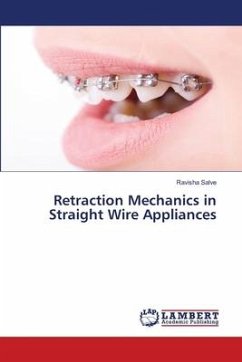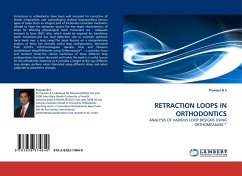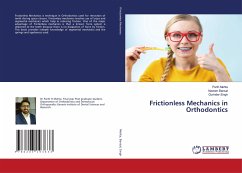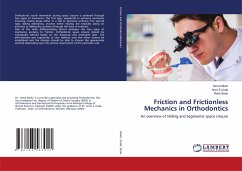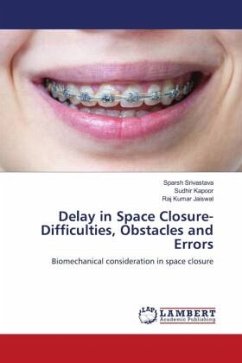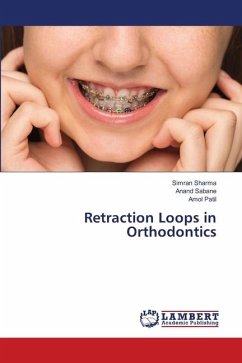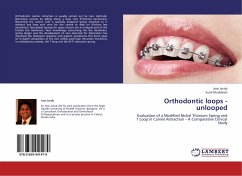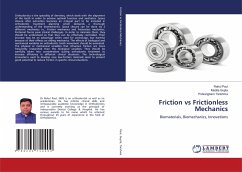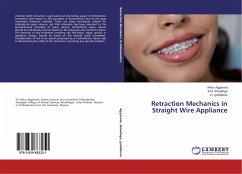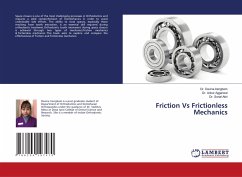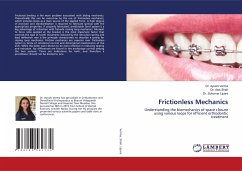
Frictionless Mechanics
Understanding the biomechanics of space closure using various loops for efficient orthodontic treatment
Versandkostenfrei!
Versandfertig in 6-10 Tagen
51,99 €
inkl. MwSt.

PAYBACK Punkte
26 °P sammeln!
Frictional binding is the main problem associated with sliding mechanics. Theoretically this can be overcome by the use of frictionless mechanics, which includes loops as a main source of the applied force. A high degree of precision and standardisation is required to fabricate springs with the appropriate properties. If properly fabricated, predictable force system is a big advantage of retraction with fail-safe closing loop mechanics. Moment to force ratio applied at the bracket is the most important factor that controls the type of tooth movement induced by the retraction spring and load de...
Frictional binding is the main problem associated with sliding mechanics. Theoretically this can be overcome by the use of frictionless mechanics, which includes loops as a main source of the applied force. A high degree of precision and standardisation is required to fabricate springs with the appropriate properties. If properly fabricated, predictable force system is a big advantage of retraction with fail-safe closing loop mechanics. Moment to force ratio applied at the bracket is the most important factor that controls the type of tooth movement induced by the retraction spring and load deflection rate is the principle characteristic to describe a spring for closing loop mechanics. Friction mechanics are superior over frictionless system in terms of rotational control and dimensional maintenance of the arch. While the latter were shown to be more effective in reducing tipping and extrusion. No differences are found in the anchorage control among the two systems. There are indications for both, and therefore a practitioner should not be limited to one.



